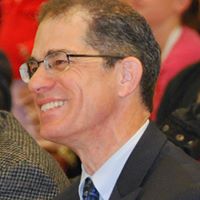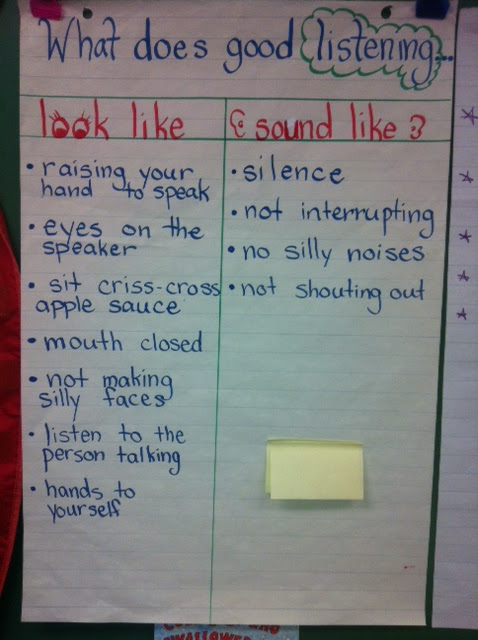The Top Five Influential People
Last week, I began identifying individuals who influenced me professionally during 2013. Choices 10 through 6, respectively, were Senator Vern White, Eric Roher, Lucy West, Will Richardson, and Archbishop Terrence Prendergast. Now I will identify my top 5.
#5 Pasi Sahlberg
Although I missed Mr. Sahlberg when he presented in November at the Quest For Learning conference in Toronto, his book Finnish Lessons has had significant impact on me. (See book review below) The Finnish educational system is very much an alternative approach to schooling from that which is offered in North America and worthy of consideration given Finnish students' stellar performance on recent international assessments.
#4 Steven Katz
Steven Katz's literature has been a major influencer on me. During 2013, I read and reviewed (for this blog) two of his books - Intentional Interruption and Building and Connecting Learning Communities. In his books, Katz has clearly explained what constitutes real professional learning, the barriers to it, and strategies for enabling it to occur.
#3 Marcia Tate
#4 Steven Katz
#3 Marcia Tate
I have twice had the privilege of participating in a workshop on learning facilitated by Marcia Tate. In my opinion, she stands head and shoulders above most presenters on learning in that she models what she teaches. Her philosophy on learning is solidly grounded in brain-based research and the principles of both pedagogy and andragogy. Marcia emphasizes that the brain needs repetition. Educators need to teach a new concept 3 times in order for students to learn it. Furthermore, students need a "hook" or a connection when confronted with new learning, as the brain constantly seeks connections. Marcia demonstrates during her presentation many of the 20 learning strategies she has identified in her book Sit and Get Won't Grow Dendrites.
#2 Allan Luke
Dr. Luke's presentation last year to Ottawa Catholic Learning Leaders on critical literacy was one of the most insightful and challenging professional learning sessions I have ever experienced. Here is a small sample of the ideas he shared:
#2 Allan Luke
- Teaching reading and writing is an empty process without attention to relevant culture;
- Today's students need to engage with traditional print cultures, while learning and engaging critically
with digital identities, spaces, and places (eg. Blogs, Facebook, wikis, YouTube); - Most failures in intermediate-secondary schools are the product of the inability to read specialized language - reading comprehension issues;
- Giving students the functional grammar of a specialized language/subject is giving students the 'keys to the kingdom' (the chance to be successful);.
- Reading across the curriculum involves direct instruction in the texts that students are required to read and write - ie. science labs and reports, arts critiques.
#1 Katy Hutchison
All the influential people I have blogged about so far have impacted my thinking. Katy Hutchison tops my list of influential people because she touched my heart as well as my head. Based on a recommendation from Senator Vern White, we invited Katy to speak with our vice-principals on the topic of building a restorative culture in their schools.
Katy's story of restoration and forgiveness is powerful. On New Year's Eve 1997, her husband Bob was beaten to death when he tried to intervene at a out-of-control party at his neighbour's house. Rather than act with anger and despair, Katy vowed to her 4-year old twin children that their father's murder wouldn't ruin their lives. Through an organization called Community Justice Initiatives, she not only reconciled with Ryan Aldridge, the youth who was convicted of manslaughter in the death of her husband, but befriended him! To learn more about Katy's remarkable story, click on the link below:
Katy Hutchison Walking After Midnight
Many Catholic schools are implementing restorative practices as a means of building a positive climate and as an alternative to suspensions and other punitive measures for misconduct. In a restorative school, an offending student is ask not only to own up to what he/she did wrong but as well to repair the harm. The offending student must also ask for forgiveness, and in return, is forgiven by the victim and welcomed back into relationship with the entire school community.
If Katy Hutchison and Ryan Aldridge can successfully move through a restorative process, then imagine the possibilities for students in our schools?
If Katy Hutchison and Ryan Aldridge can successfully move through a restorative process, then imagine the possibilities for students in our schools?
 |
| With Katy Hutchison |





















